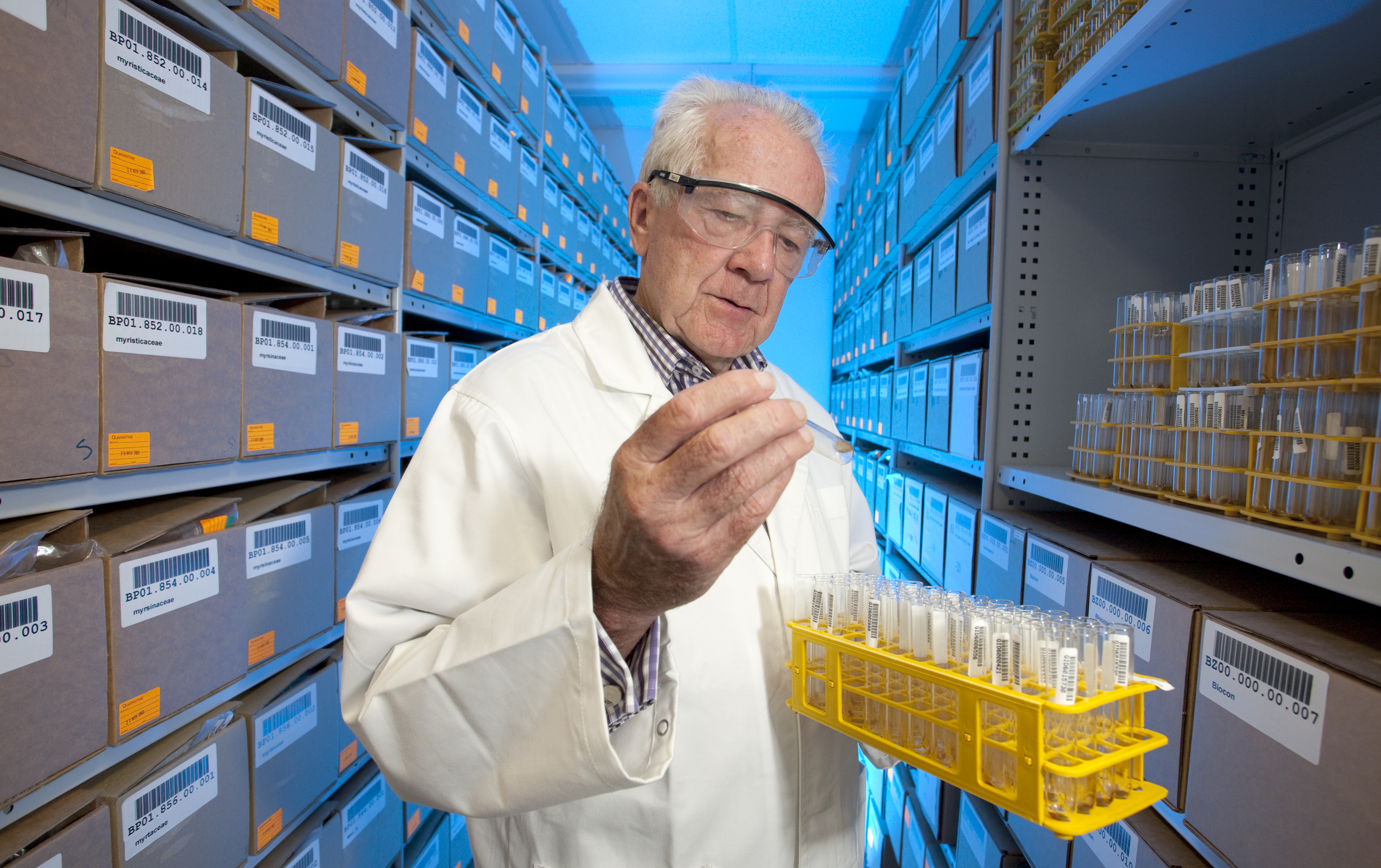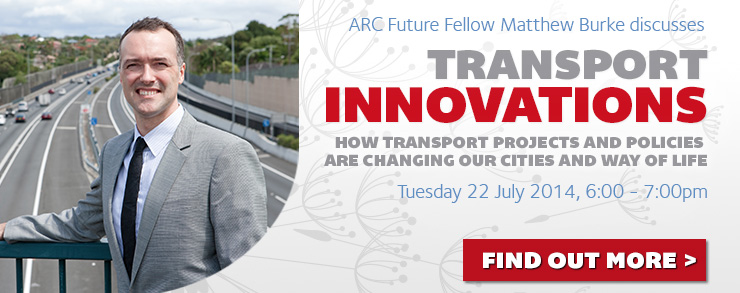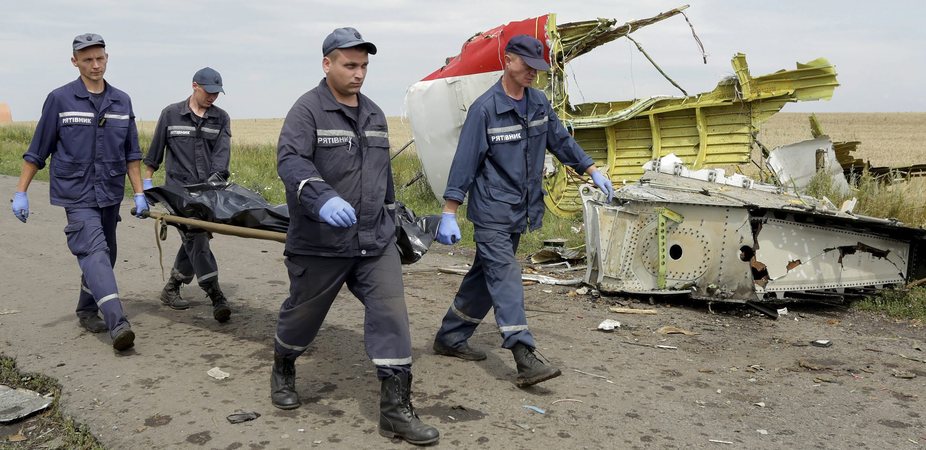In modern society, every day we make decisions about our willingness to pay. At a basic level, we might consider paying extra for milk from the easy-to-access corner shop rather than going to the trouble of driving and parking just to save a few cents at the supermarket.
But what happens when we apply this kind of decision-making to large infrastructure building programs?
For example, how much would you be willing to pay to use an air-bridge instead of walking across the tarmac to board a plane? How much would you pay for the convenience of public transport to the airport?
 These are the types of questions Dr Gui Lohmann and a team of researchers from the Urban Research Program are investigating in partnership with Queensland Airports Ltd (QAL).
These are the types of questions Dr Gui Lohmann and a team of researchers from the Urban Research Program are investigating in partnership with Queensland Airports Ltd (QAL).
“If we want good infrastructure, it is becoming more likely that the user will have to pay for it,” explains Dr Lohmann.
“As a large and underpopulated country, Australia has always invested significantly higher on a per capita basis than other countries to maintain its passenger transport infrastructure.
“Our medium to long-range passenger transport is heavily based around cars and airports and we have one of the highest rates of car ownership and airports per capita in the world.”
Nevertheless, the scenario for future investment in public passenger transport infrastructure seems pessimistic.
Recent public-private-partnerships to alleviate traffic congestion have not met anticipated demand (e.g. road tunnels in Brisbane) and the Federal Government has indicated it will not fund urban rail projects in the near future, preferring to channel investment towards roads.
Funding for rail networks is already sparse and even the announcement of a second airport in Sydney was quickly followed by details of new road infrastructure projects to be funded by government with private enterprise picking up the tab for the terminal.
Change in paradigm
Hence a change in paradigm should be considered on how to finance future passenger transport infrastructure in Australia.
Dr Lohmann’s research, in conjunction with the newly established Griffith Institute for Tourism, is looking to apply the ‘willingness-to-pay’ (WTP) concept to test transport infrastructure scenarios for QAL airports on the Gold Coast and in Townsville.
WTP is usually assessed as a measurement of buying intention and it can be applied to a range of decision-making processes. Though not a perfect mechanism, it is considered a proxy for actual behaviour in purchasing scenarios and, in the case of transport, can be associated with improvements in travel time, safety measures and reduced airport noise.
The Gold Coast offers a number of options related to airport infrastructure.
“Within the airport terminal at Coolangatta, one consideration is the construction of air-bridges so passengers can embark airplanes in an enclosed connector without being exposed to the weather,” explains Dr Lohmann.
“Other benefits include enhancing access for passengers with disabilities or mobility impairments and reducing the chance of contact with exposed airplane parts and procedures such as fueling.”
Another scenario includes the construction of a dedicated international terminal at the Gold Coast airport, however in every case the overriding question concerns whether passengers would be willing to pay more for such developments.
If so, this raises the question of how an appropriate increase in passenger fees might be negotiated with airlines, which currently charge these fees on behalf of airports. As has occurred with electronic tolling and road charging elsewhere in the world, should airport authorities rethink the way users pay for services?
Broader benefits
Outside the airport domain, a similar approach could be considered for the extension of the newly launched Gold Coast Light Rail, the G:Link.

One proposal is to push south and provide a rail link to the airport, although this would require a more complex financial exercise given people other than passengers stand to benefit.
Dr Lohmann says ‘land value capture’ should be considered as an investment as public transport would increase accessibility to Palm Beach, Burleigh Heads and the southern end of the Gold Coast, including the airport.
Furthermore, he says greater accessibility will lead to an increase in real estate values, so perhaps a mechanism for property investors benefiting from the extension of the Gold Coast Rapid Transit system might be considered to finance its construction.
“What we are really hoping for is a clear approach on how much funding for these projects can be raised without blowing out the costs so much that the facilities outprice the users,” says Dr Lohmann.
“It is a delicate balance but one that we will report back on early next year.”







TFL (Transport for London) is a very good example of paying more for better conditions and less time spent in heavy traffic. Newer buses, more environmental friendly, cleaner air in London for everybody, better day by day life.
Agree with that if you not invest in aircraft the polution would be much higher than to investing in metro or some electric vehicles.